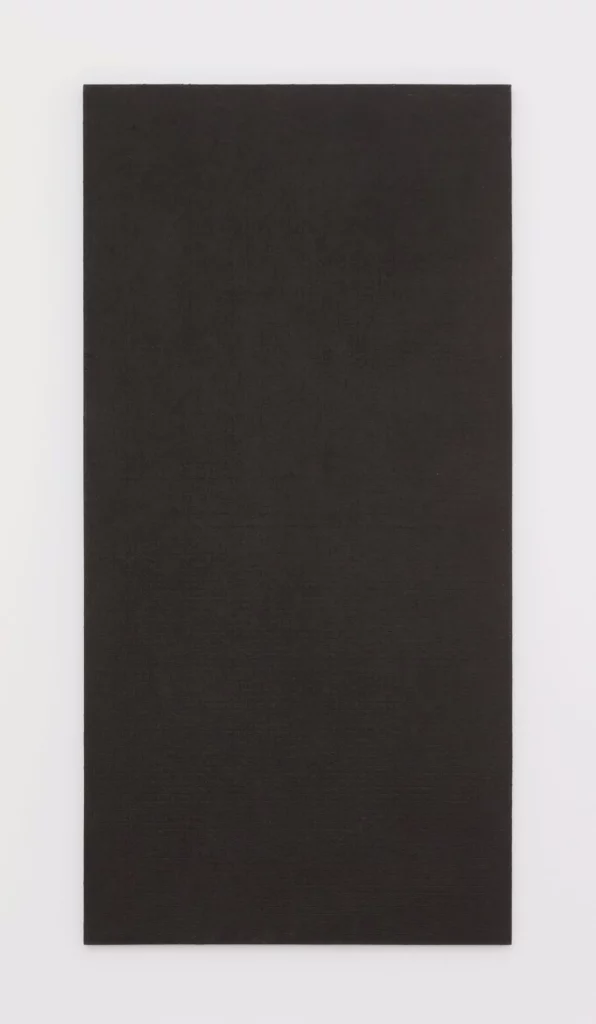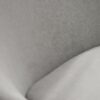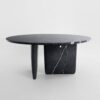‘Dansaekhwa’ – Korean monochrome art – is an aesthetic movement that embraces the beauty of monochrome simplicity. The movement was born in 1970s South Korea, amidst a flurry of social and political unrest. It was a reaction to the oppressive political climate, as well as a desire to express something new – independent of the influences of the Western world. Artists who are associated with the movement are Chung Chang-Sup, Park Seo-Bo, Yun Hyong-Keun, Lee Ufan, Lee Dong-Youb, Chung Sang-Hwa, and others.
The captivating beauty of this timeless art form is incomparable. For me personally, it is impossible not to be deeply impressed and fascinated by it. In this article, I will explore its characteristics as well as its meditative philosophy. And I will relate it to Western minimalist art and explore their similarities and differences.
What is Dansaekhwa?
In the midst of the intense political and military turmoil of the 1960s and 1970s in Korea, a group of artists sought to reflect the changing landscape of their homeland through abstraction and formalism. They were in search of tranquility, peace, and balance.
But it was not until decades later that a term would be found for this style of monochrome paintings. Unlike other contemporary art movements of the time (such as the minimalist artists or the abstract expressionists), Dansaekhwa was never officially conceived as a movement. Retrospectively it refers to a loosely connected group of abstract painters. It was not until 2000 that curator and scholar Yoon Jin-sup coined the term.1
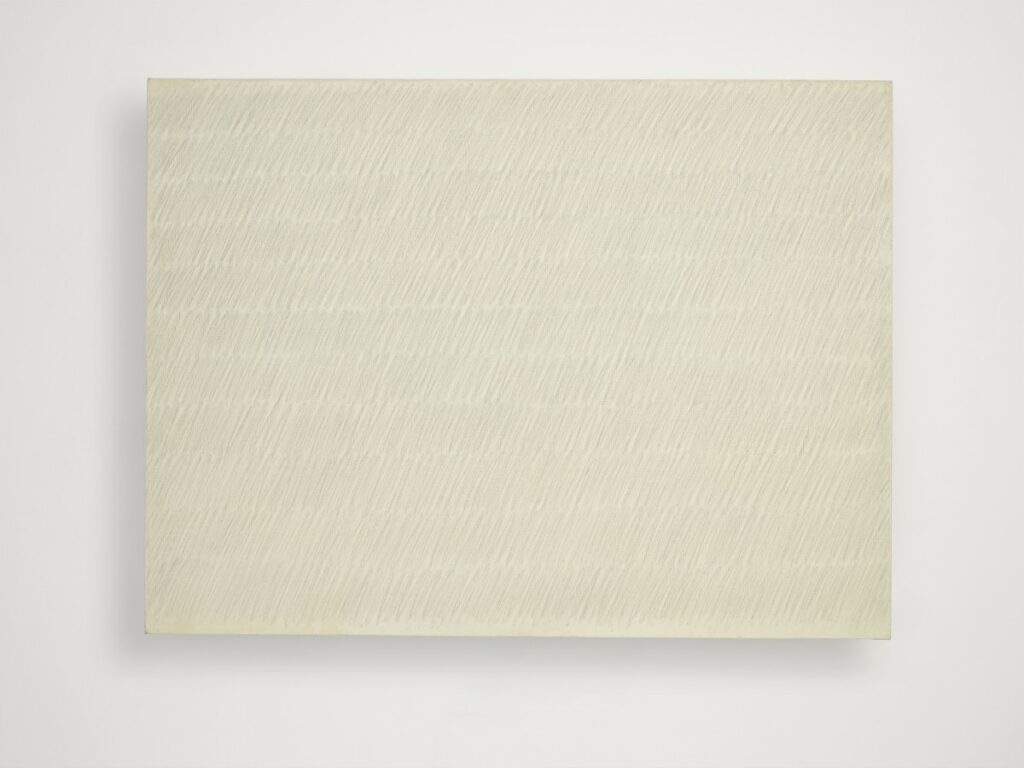
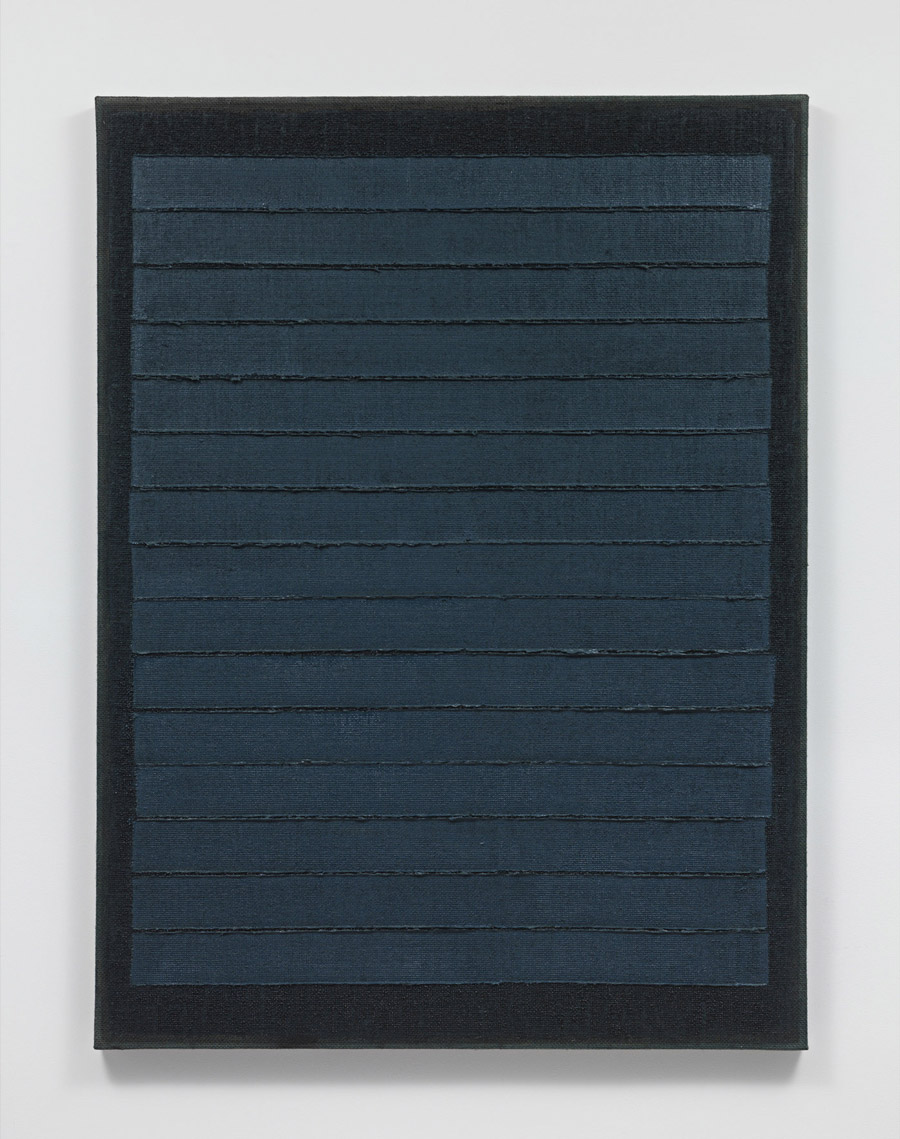
Since then, the term ‘Dansaekhwa’ (meaning “monochrome painting”, also known as Tansaekhwa) has become a generic name for this style.
Article updated 02/2023: Interestingly, Park Seo-Bo, the ‘founding father’ of the movement said in 2021 in an interview with the GIZI Foundation (a non-profit foundation with funding from the artist) about the term: “To be strict, the term “Dansaekhwa” is a misnomer because the tonal aspect isn’t what distinguishes our movement from others. The term is derived from a Western point of view; it is a name created to place the movement in the context of Western art history. In fact, the art of Dansaekhwa is not so much about the color as it is about the essence of the action itself—the repetitive gestures that empty and cultivate the painter’s mind.”
The art world was energized by the arrival of Dansaekhwa, which sparked an ongoing discussion about the definition and understanding of contemporary Korean art as a whole. In the second half of the 20th century, Korean art defined its own history by embracing Abstract Expressionism and creating its own identity that was nonetheless connected to the rest of the world. From Seoul to Tokyo and Paris, Dansaekhwa was celebrated as an international emblem of Korean art.1
The Meditative Philosophy Behind It
Rooted in tradition and driven by experimentation, Dansaekhwa explores the relationship between the materials used and the artist. Primary earthy colors such as white, beige, and black are used. The paintings are usually abstract and minimalistic, with a focus on texture and materiality. The simple paintings of this movement evoke feelings of calm and serenity. The lack of color allows for a focus on form and texture, creating a meditative experience for viewers. They serve not only aesthetic purposes but are an opportunity to explore how the sensory properties of canvas, paper, ink, and charcoal interact with the viewer.
Through the careful layering and manipulation of these elements, artworks become transformed expressions of the labor and intensity that goes into their creation. As viewers and admirers of this artistic movement, we are invited to marvel at the intensity of the materials, and to enjoy the meditative quality of the work. It is an invitation to contemplation and encourages a journey of transformation.
The art of Dansaekhwa is not so much about the color as it is about the essence of the action itself—the repetitive gestures that empty and cultivate the painter’s mind.
Park Seo-Bo about the term
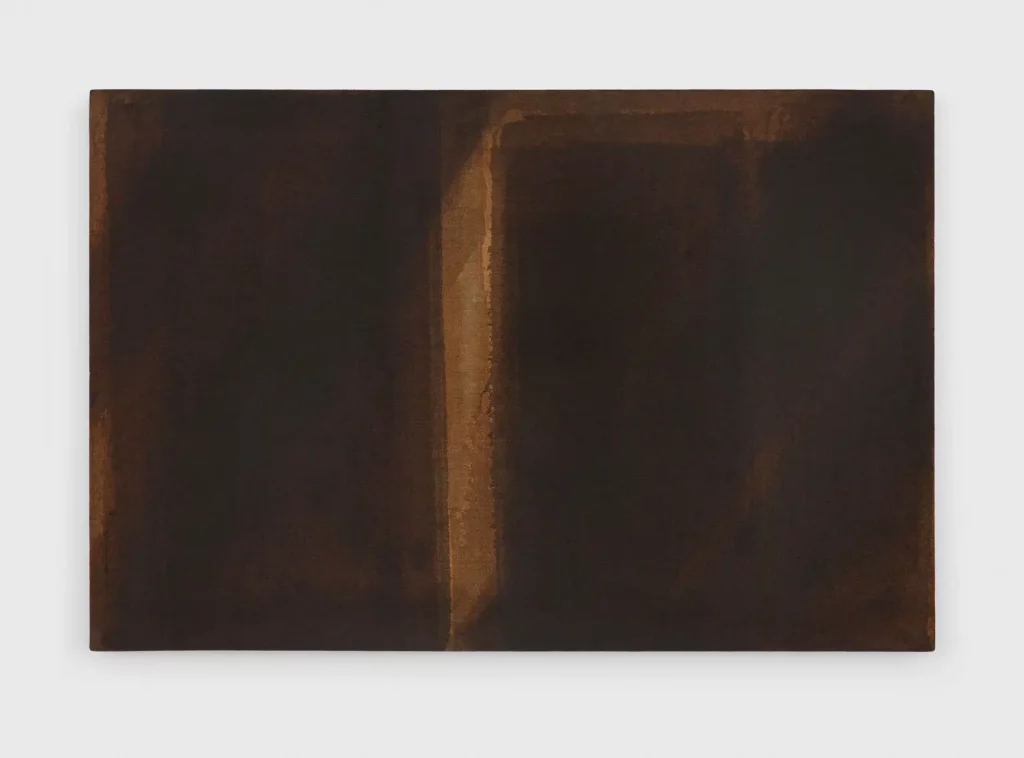
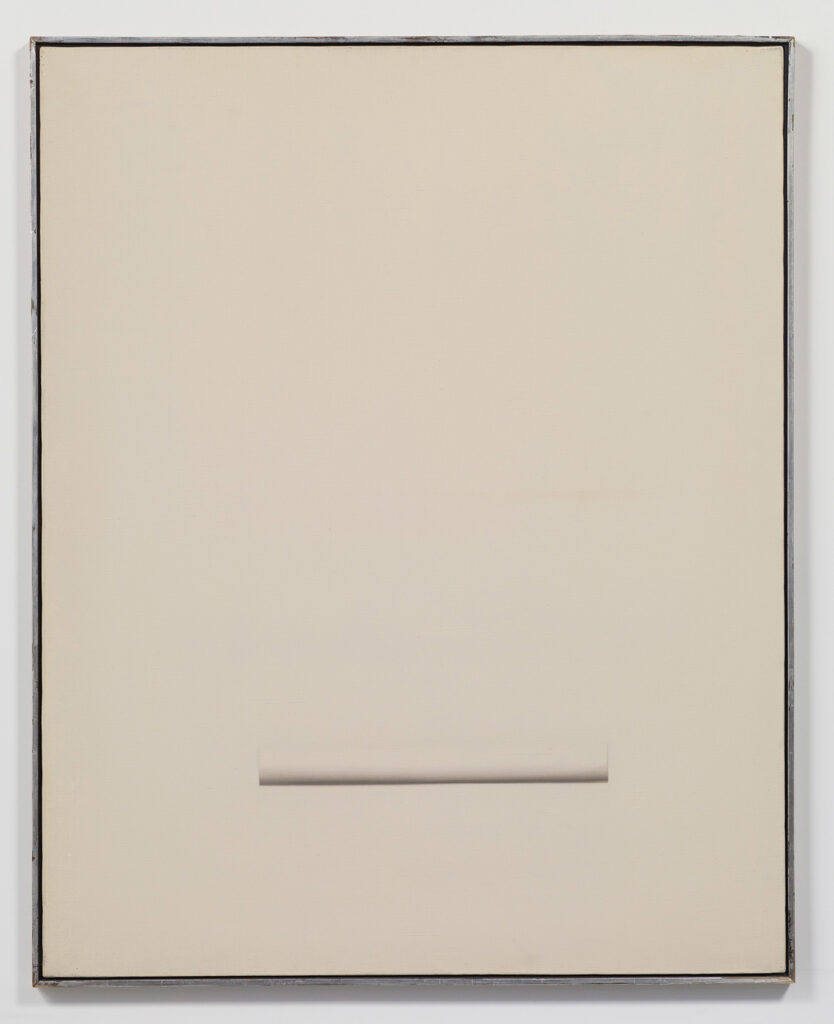
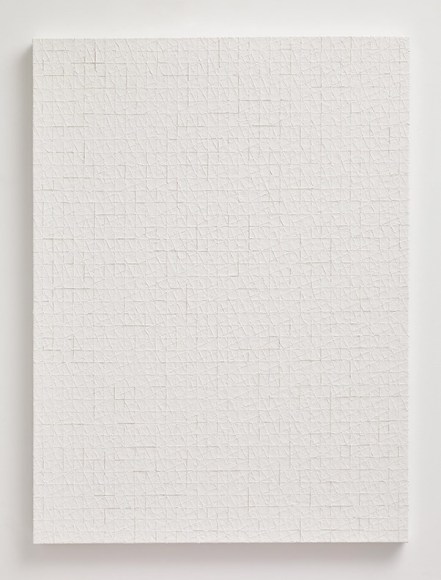
Dansaekhwa & Minimalism
Dansaekhwa has been associated with the well-known practices of minimalist art, although the relationship between the two is accepted or rejected to varying degrees.
Visually, the works of Dansaekhwa and the Minimalists seem quite similar, but their contrasting conceptual approaches set them apart. The artists of the minimalist movement sought to explore the relationship between their artworks and the audience and focused on the viewer’s perception. Dansaekhwa, on the other hand, is concerned with the artist’s handling of the material elements of the work, and the physical or even spiritual manipulation of paint and canvas.
As Yoon Jin-sup comments: “The school is devoted to the process of repetition and specificity of material based on meditative nature, which is the opposite of the Western Minimalism and monochrome’s rationality and logic.”2
And “Monotony” is the key word both Suh Seung-Won and Choi Myoung Young use to describe their art. They are focusing on the idea of repetition and a unified color palette. Yet, as this talented artist duo reminds us, it is precisely this consistency that allows them to convey a wealth of emotion.3
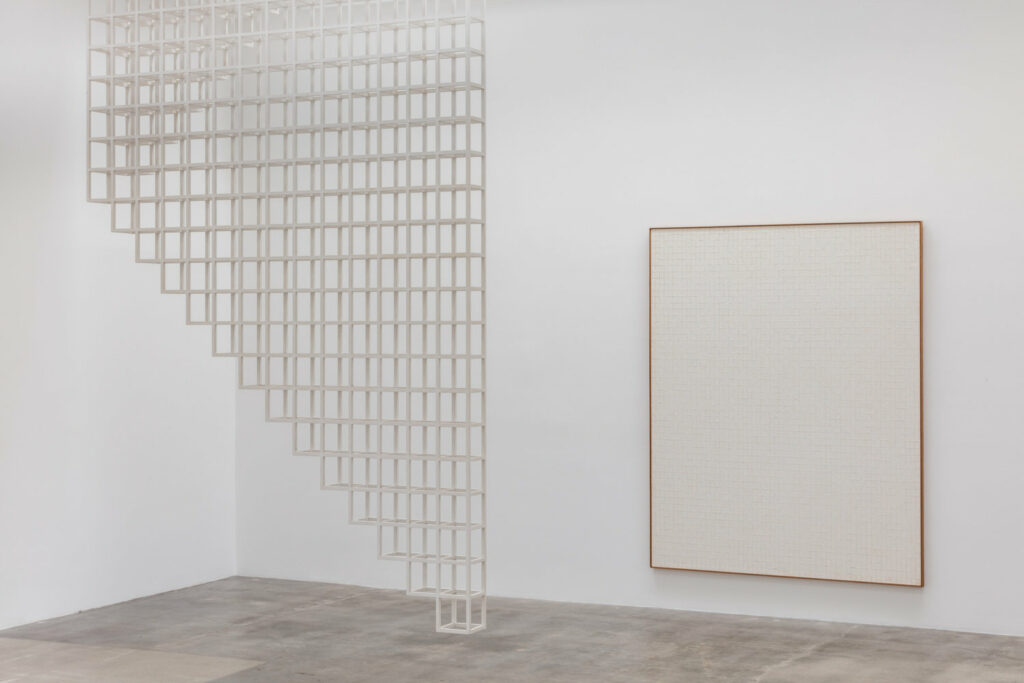
Truly A Meditative Form of Art – A Summary
Korean ‘Dansaekhwa’ is an aesthetic movement that began in the 1970s in South Korea as a reaction to the oppressive political climate. Led by influential Korean artists such as Chung Chang-Sup, Lee Dong-Youb, Park Seo-Bo, and Yun Hyong-Keun, it embraces the beauty of abstract, monochrome minimalism to create an expression of peace amid the chaos of the time.
The works feature earthy colors such as white, beige, and black to convey a sense of calmness and meditation. They utilize the power of minimalist elements such as lines, patterns, and textures to create harmony. Through the manipulation of these elements, this form of monochrome art becomes an expression of the labor and intensity that went into their creation, appreciated by viewers all around the world.
